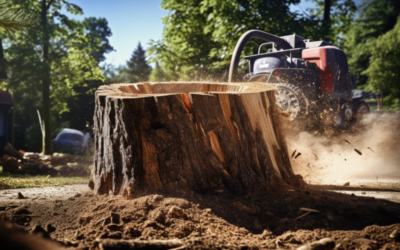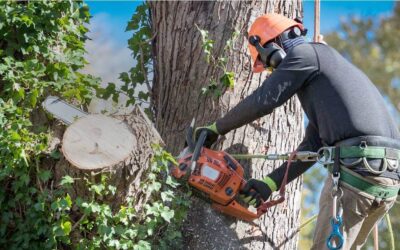When the last frost danger has passed, it’s tempting to rush to the garden center and stock up for the growing season. But if your planting plans include items like trees, shrubs and perennials, here are some things to consider for best results and avoiding expensive mistakes.
Start With a Plan
If you’ve let winter slip by without making a landscaping plan, take some time and do one before heading out the door. Annuals in beds and boxes may be repeat performances from past summers, but shrubs, trees and perennials are long-term commitments. When you’re considering them, bear in mind their mature sizes and the conditions they need to thrive. People like shade on a hot summer day, but sun-loving plants don’t. Make sure your new trees and shrubs will be good neighbors to your other planted areas and overhead obstacles like power and phone lines.
Think Ahead
Your landscape is big part of your home’s aesthetic appeal. Flowers and vegetables are easy to change, but trees, shrubs, and hardscaping features aren’t. Plan with an eye toward a pleasant, integrated landscape. Choose plants that compliment or contrast nicely with your home’s exterior in a way that adds to its beauty and style. And don’t overlook maintenance. Lawns need mowing and weeding, soils need maintenance, and trees and shrubs need pruning. Whether you do the work yourself or hire professionals, making things easy will save time and money while assuring your landscape looks its best.
Know Your Environment
Your USDA zone is a good starting point, but landscapes can have their own microclimates. Look around for areas of your property that are likely to be more affected by extreme cold or will retain heat on hot days (or on warm sunny winter days). Growth cycles can also be affected by climate, too, so trees in colder climates may not reach the same height as they would in warmer areas with longer growing seasons. And don’t count on predictable yields from early-blooming fruit trees in places where late frosts can ruin a whole year’s harvest.
Know Your Timing
Not everything wants to go in the ground in the spring. Some trees, shrubs and turf grasses are better added in the late summer or fall. Rushing to plant them can lead to stress and poor growth in the summer and make them more vulnerable to winter kill. That doesn’t mean you can’t use the warm weather to get a head start on soil prep for later planting, though. Advice is available online, but local experts at nurseries and arborists are more likely to know the subtleties for successful planting in your area.
Prepare Before You Purchase
Don’t risk losing your plants before they make it into the ground. Clean up your beds and lawns, till the soil, and add amendments ahead of time so your plants don’t sit in containers while you spend hours or even days getting their new homes ready. Make sure you have the necessary tools and that they’re cleaned and sharpened and ready to go. If you’re planting trees or shrubs, this is particularly important, especially if they need deep holes. Better to dig them ahead of time than risk unpleasant surprises on planting day. Have mulches and groundcovers standing by if you need them, too.
Landscaping is an important investment that can add considerable value to both residential and commercial property. If you need a helping hand, Donovan Arborists offers complete services to meet your needs. Call us to learn more at 303-623-8733!



